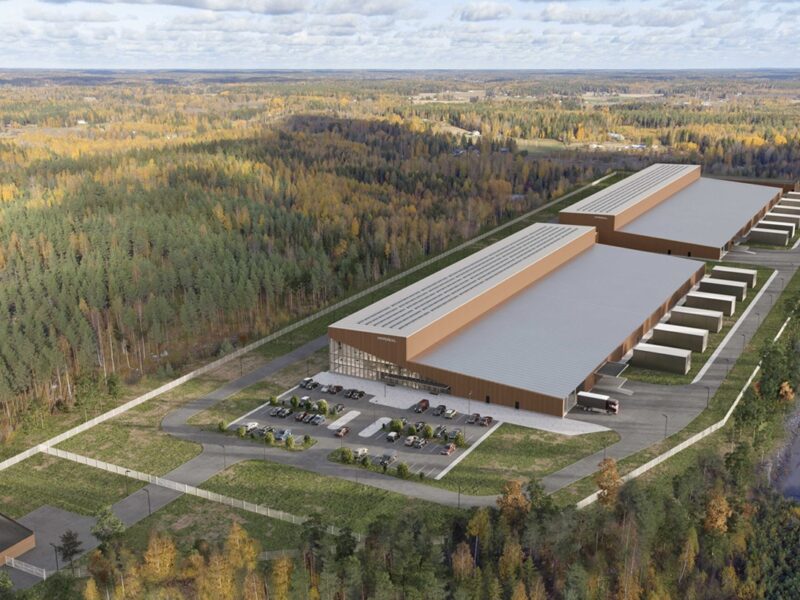The pandemic and Suez Canal crisis have laid bare the fragility of the global supply chain. How can digital transformation help build resilience into delicate just-in-time processes?
Supply chain is a complex web of networks and there is a significant number of data owners. Digital transformation helps with the right data and analysis for decision making in an organisation. The rebalancing of the supply chain quickly and efficiently during a black swan event depends on the digital maturity of an organisation.
For example, a retailer will reduce orders for footwear during a pandemic and will increase home furniture orders. That is intuitive and one does not need any analytics or insights.
However, one will need insights to answer questions such as: When do I reorder footwear? And of what kind? Just gym shoes, or fashion footwear? Only with a strong analytics and insights engine can a retailer answer these questions.
In the digital transformation of supply chain for manufacturers, step one is to map critical components, both raw material and service components, across the multi-node supply chain.
The next step is to find alternative paths for supply to build resilience. The use of cloud-based Demand Driven Material Requirements Planning (DDMRP) tools is becoming popular. Also, cloud-based multi-tiered supply chain collaboration platforms are making the supply chain more adaptable.
You’ve mentioned partnerships as a route to positive outcomes for businesses in 2021 – could you please outline some successful regional examples of this?
As the product lifecycle is shortening, companies need to reimagine their customer journeys. A retail customer who is currently shopping in a physical store will want to shift to an online experience. In a couple of months, the customer will want a social media shopping experience. How can a retailer build customer journeys that are not their core business in quick turnaround time?
For businesses to expand their high-growth market, we believe the most suitable way is to establish an ecosystem by putting purpose at the core – what TCS calls purpose-led ecosystems.
When the pandemic hit a leading travel agency in Saudi Arabia that specialises in Hajj and Umrah travel, the company identified an alternate opportunity: use the hotels as covid isolation centres. This required creating an end-to-end digital customer journey integrated with many players, including training staff members to handle these new booking and validation categories.
TCS stepped in to build an ecosystem of players to create this digital journey, with ticketing systems and voice-to-text conversion in Arabic, as well as automated document validations and workflows.
A UAE-based major retailer wanted to optimise energy consumption in its organisation and other physical spaces. We worked with them to integrate several services of ecosystem partners and employed TCS’ Clever Energy Solution.
In an Africa-based pharma chain, customers used to walk in with prescriptions in hand. To digitise the order capture process and last mile order fulfilment during the pandemic, the pharma retailer took help of the ecosystem, including local last mile providers, with the help of TCS.
What are some important steps for establishing a strong digital core?
Imagine your entire customer journey digitally. For example, you have a customer care centre that can track the delivery status of an item; it is not end-to-end without an IoT system for track and trace. For a mortgage loan sales process, if a signature is required to complete the process at any point, it is not an end-to-end digital process.
Plug the need-gaps. After identifying the gaps in your customer journey, look for ecosystem players to plug these. This should preferably be done as a cloud consumption-based service offering for faster turnaround time and resilience.
Build the handshake through machine-first approach. After establishing a connection with the partner, one must have a digital, machine-led process to keep the connection, or digital handshake, always on. This monitoring, self-healing mechanism must be added to the digital core.
Create a strong security and architecture layer. It is critical that an organisation’s ecosystem safeguard itself from all external threats. A resilient architecture and security layer should be created and constantly reviewed to stay current and relevant.
Could you give us a preview of what you’ll be discussing on stage at the upcoming AB Tech Forum?
Digital transformation is a massive, complex topic. When organisations want to embark on this journey, it should not be isolated from the business; rather it should go hand-in-hand with the entire purpose of the business.
At TCS, we believe in building end-customer journeys of the future. I would like to use the opportunity to discuss how organisations can build a digital core, find alternative business models and create purpose-led ecosystems.
 It is critical that an organisation’s ecosystem safeguard itself from all external threats
It is critical that an organisation’s ecosystem safeguard itself from all external threats
What technologies do you see enabling successful hybrid work models of the future in this region?
A successful hybrid model is not just about the technology, but one that enables all actors in that environment to work without restrictions. This will require policy changes, security upgrades, retraining and, in some case, hardcore system changes.
These can lead to technology interventions, but that is only incidental. The intervention by an organisation also differs based on the service they are engaged in.
For an academic institution, training teachers to use digital audio-visual medium and the quality of devices are of utmost importance. For a customer care agent working from home, security of the data and the ability to measure SLAs remotely is crucial.
If I have to generalise, cloud, software defined network (SDNs), and AI- and ML-based pattern recognition or video analytics are very important for a hybrid working style.









